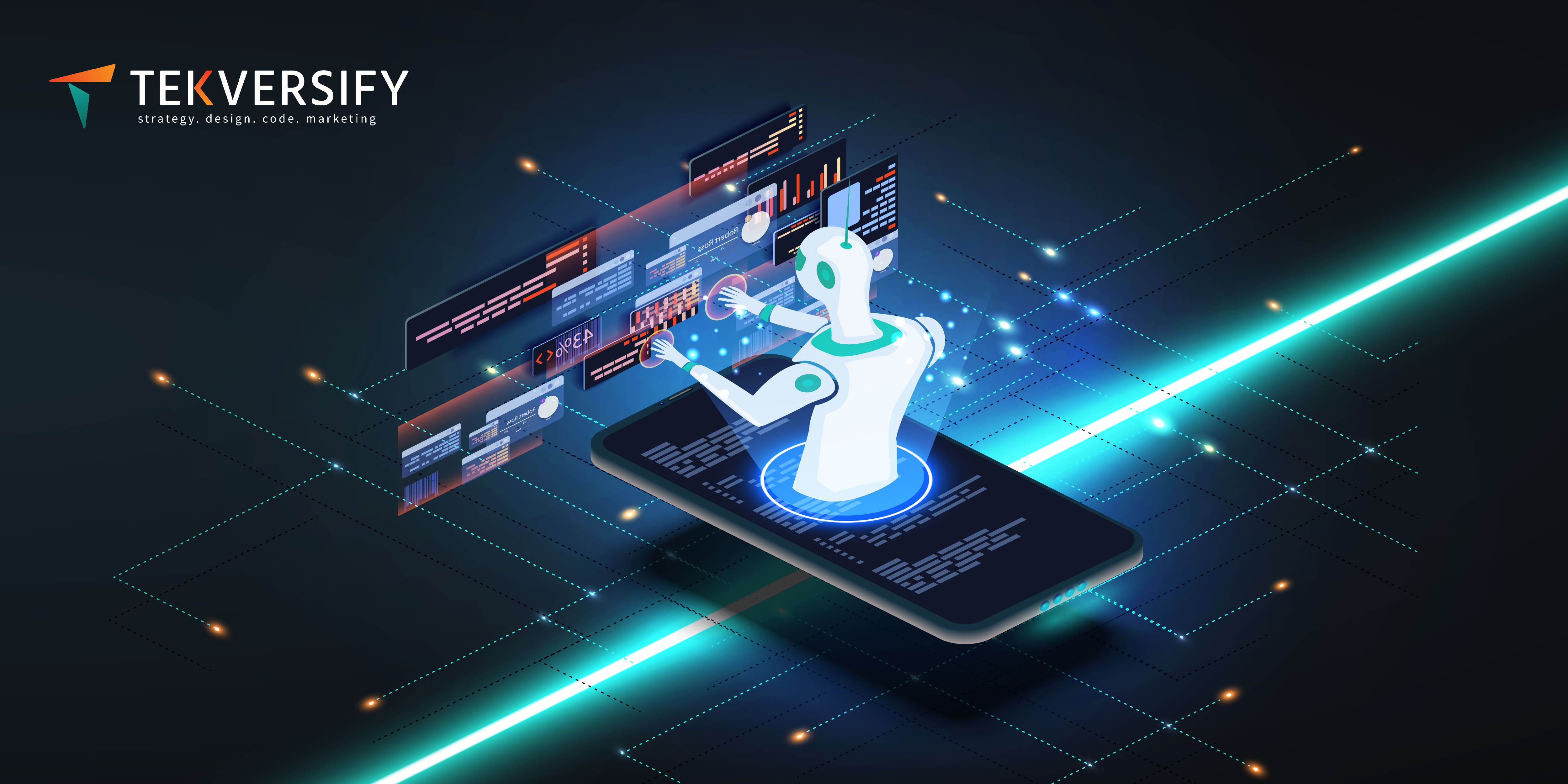5 Rules for Starting a Successful E-Commerce Store in the USA - A Complete Guide for 2023
5 Rules for Starting a Successful E-Commerce Store in the USA - A Complete Guide for 2023

Starting a Successful E-Commerce can be hard and risky. By following this blog, your businesses can thrive and achieve long-term success.


